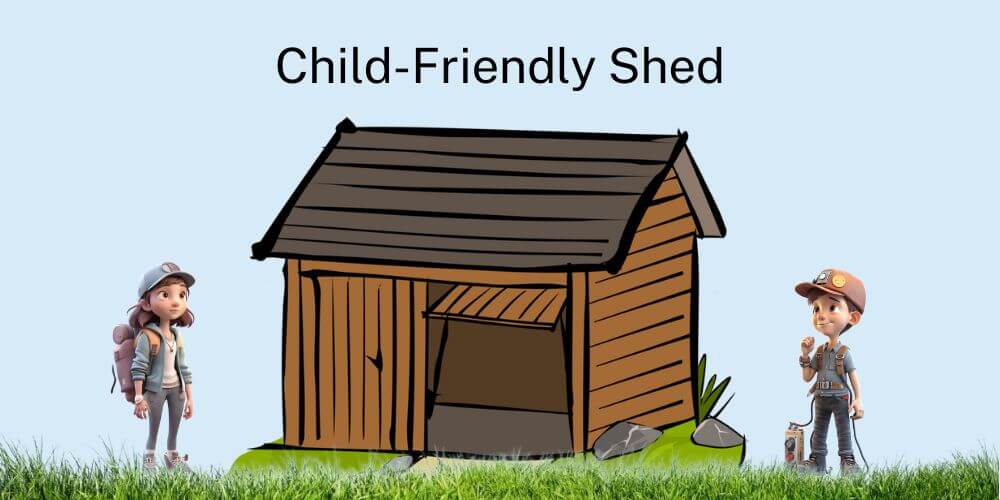Plastic Grids for a Shed! If you’re in the process of building a shed, one of the most important decisions you’ll make is what type of base to use. While there are many options available, plastic grids have become increasingly popular for shed bases in recent years. In this post, we’ll take a closer look at plastic grids for a shed base, exploring their benefits, drawbacks, and best practices for installation.
Plastic Grids for a Shed – Benefits
One of the biggest benefits of using plastic grids for a shed base is its durability. Plastic grids are designed to withstand heavy loads, making them ideal for sheds and other outdoor structures. They are also resistant to weather damage, which is important for structures that are exposed to the elements. Additionally, plastic grids for shed bases are relatively easy to install and require minimal maintenance once in place.
Another benefit of plastic grids for a shed base is their versatility. Plastic grids are available in a variety of sizes and shapes, making it easy to customize your shed base to fit the dimensions of your yard and the style of your shed. Additionally, you can easily add or remove plastic grids if you need to adjust the size or layout of your shed in the future.
Plastic grids for a shed base also provide excellent drainage. The open design of the grid allows water to flow through, which helps to prevent standing water from damaging the base of your shed. This is particularly important in areas that receive heavy rainfall or are prone to flooding.
Plastic Grids for a Shed – Drawbacks
While plastic grids for a shed base has many benefits, there are also some potential drawbacks to consider. One of the main drawbacks is cost. Plastic grids can be more expensive than other types of shed bases, such as gravel or crushed stone. However, the durability and longevity of plastic grids can make them a worthwhile investment in the long run.
Another potential drawback of plastic grids for a shed base is that they can be more difficult to level than other types of bases. If the ground beneath the grid is not level, it can lead to an uneven base and ultimately affect the stability of your shed. However, with proper installation techniques, this can be easily avoided.
Unsure about paving slabs? click here to explore different options.
Plastic Grids for a Shed – Best Practices
If you decide to use plastic grids for your shed base, there are several best practices to follow to ensure that the base is properly constructed. First, it is important to prepare the ground beneath the grids. This involves removing any grass, weeds, or other debris from the area and ensuring that the ground is level.
Next, you will need to lay a layer of hardcore or crushed stone on top of the ground. This will provide a stable and level base for the plastic grids to rest on. Once the hardcore is in place, you can begin laying the plastic grids, starting at one corner and working your way across the base. Be sure to use a spirit level to ensure that each grid is level and flush with the surrounding grids.
After the plastic grid is in place, it is a good idea to fill the gaps between the grids with a layer of gravel or crushed stone. This will help to prevent weeds and other debris from growing between the grids and provide a more stable surface for your shed.
Another important consideration when installing plastic grids for a shed base is to ensure that it is properly anchored. This can be done by placing ground anchors at each corner of the grid and securing them with screws or bolts. This will help to prevent the grid from shifting or moving over time.
Final Thoughts
Plastic grids for a shed base is a durable, versatile, and cost-effective option for anyone looking to build a shed. While there are some potential drawbacks to consider, such as cost and difficulty of leveling, proper installation techniques can help to mitigate these issues. By following best practices for installation and maintenance, you can ensure that your




Leave a Reply